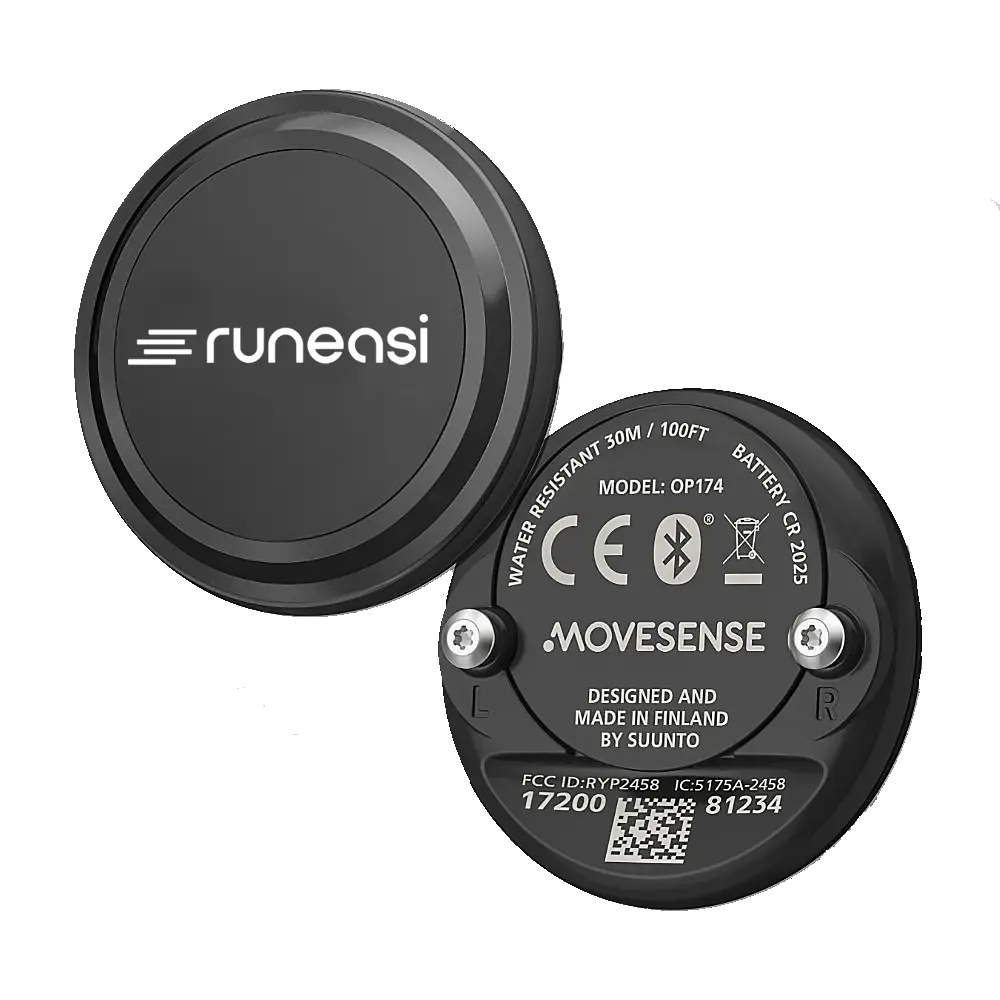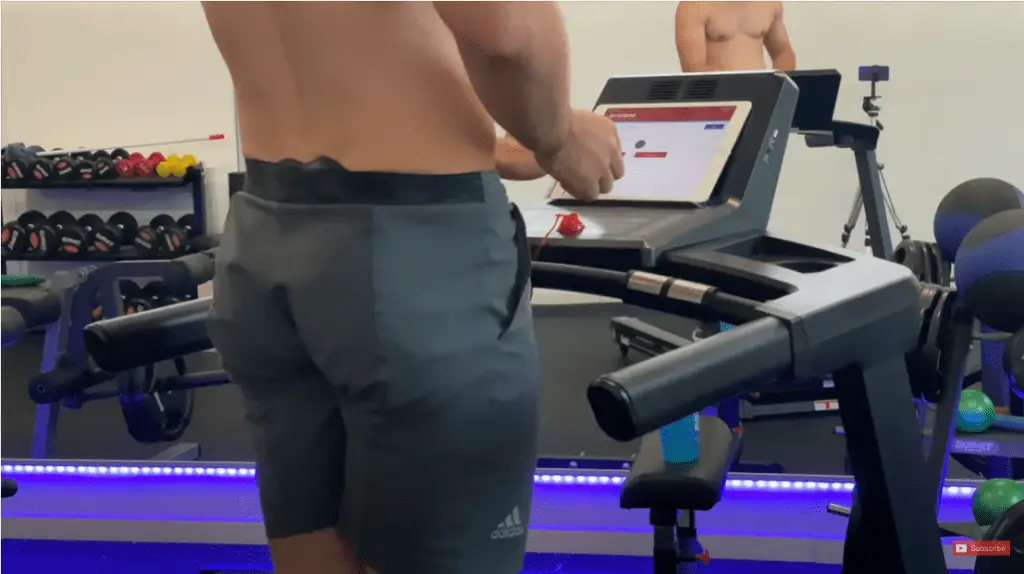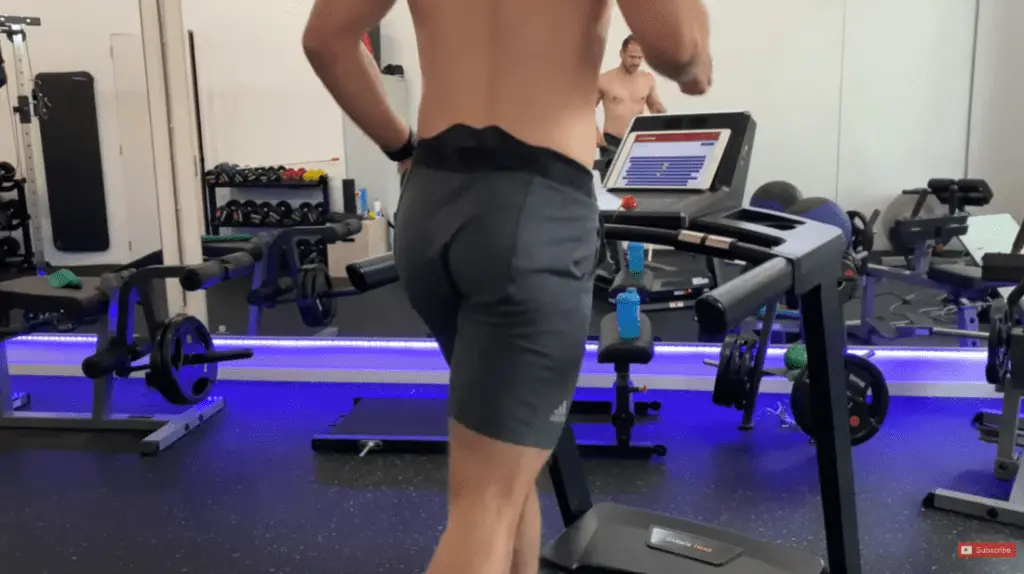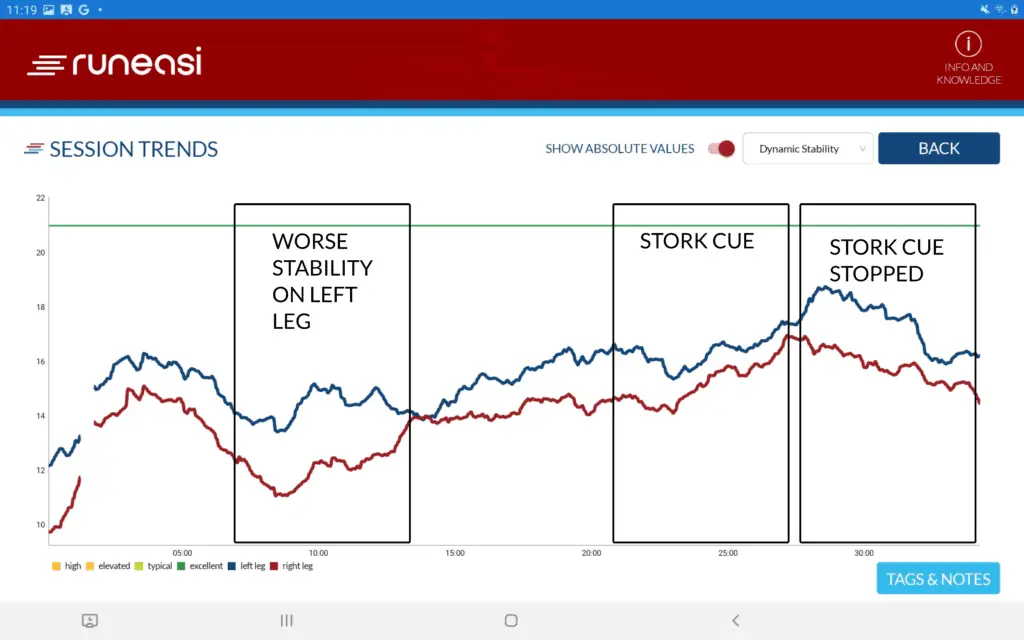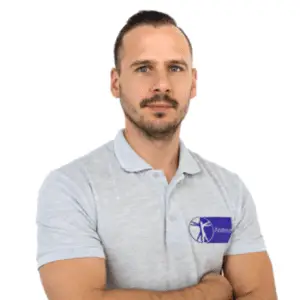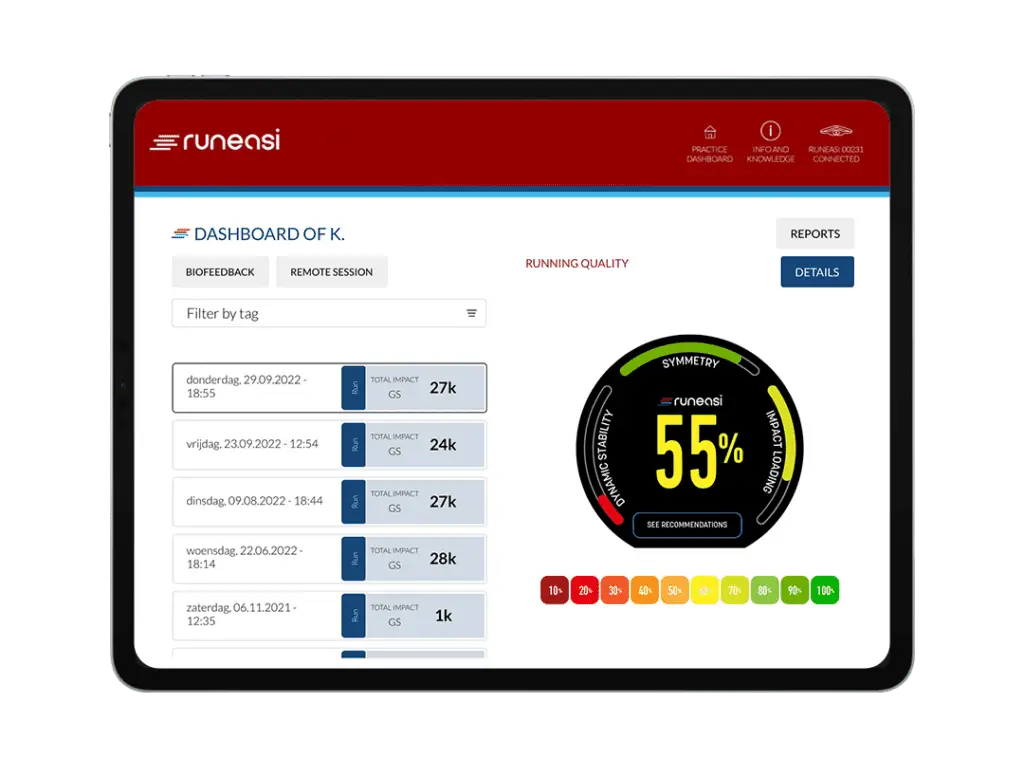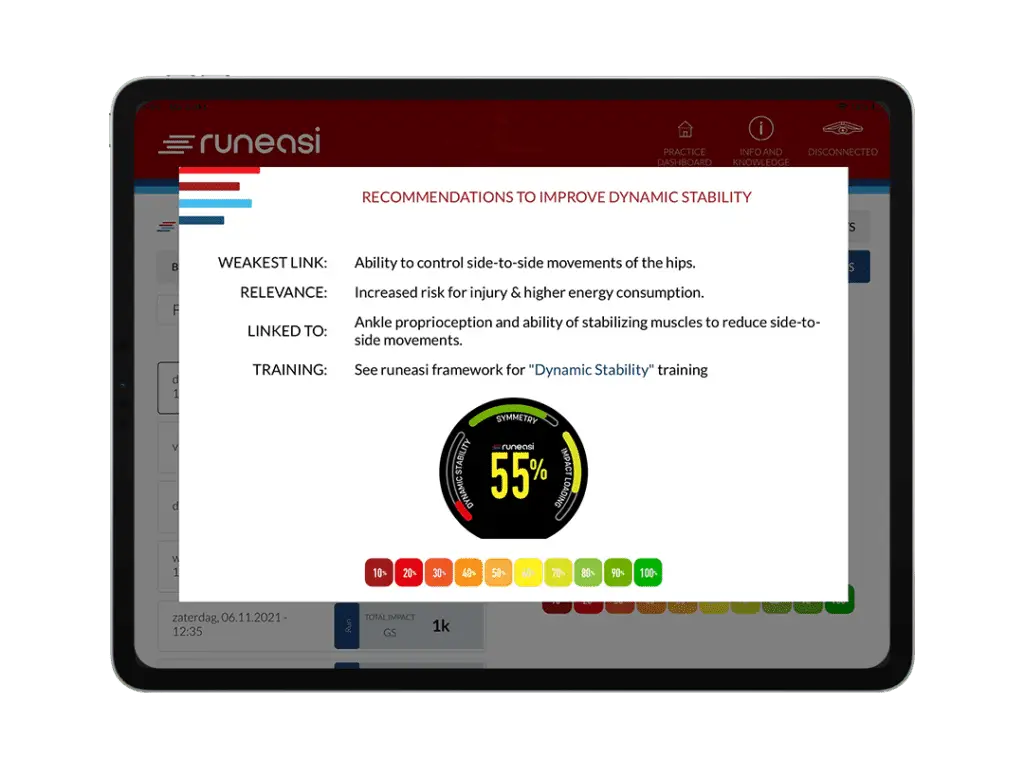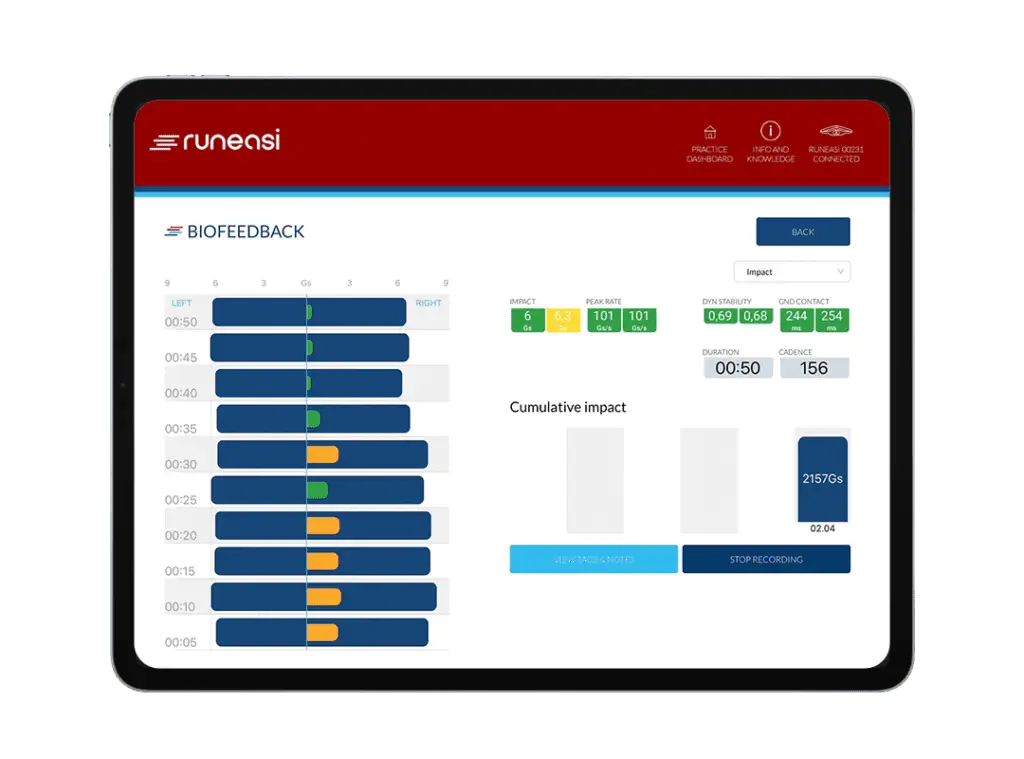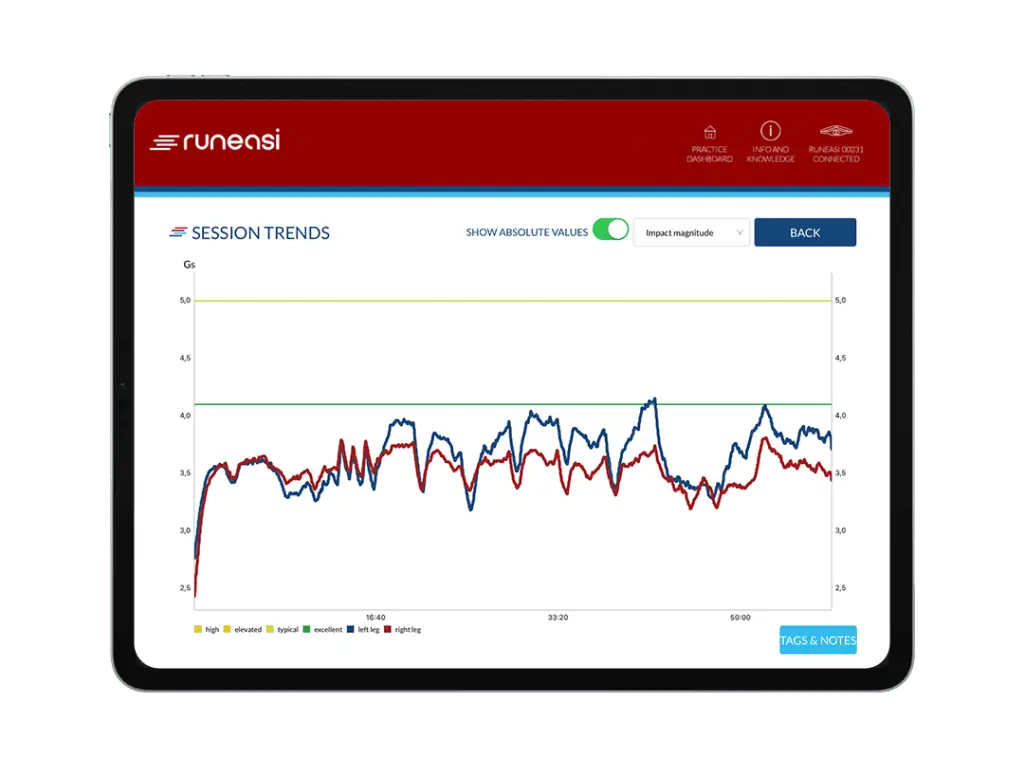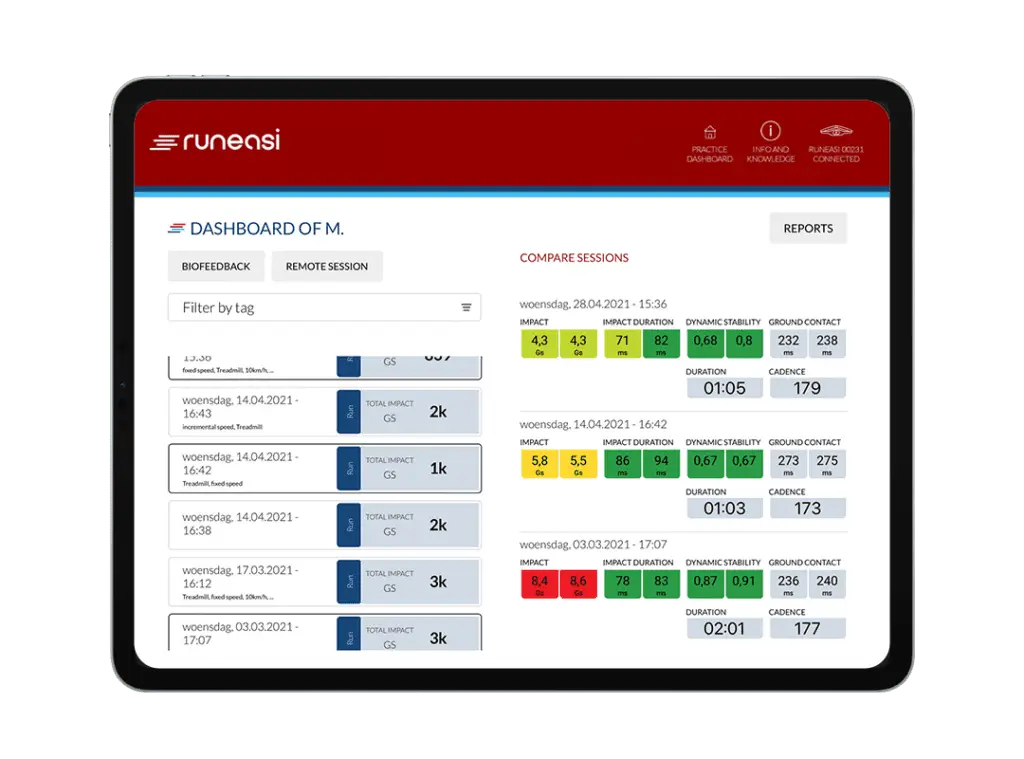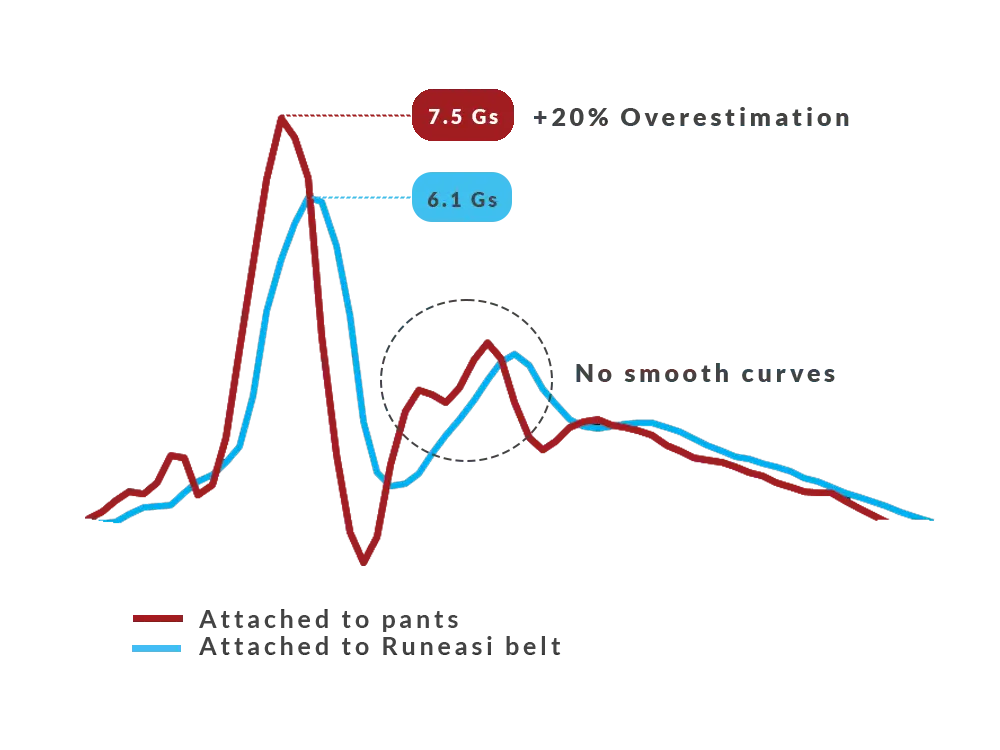“This was an eye-opening moment because when I stopped the strategy, symptoms would return and the readings on the app would reflect it too. And, when I focused on deploying my newly found strategy again, they changed for the better. I felt confident that I had found what to work on to get my mileage back up, without aggravating my symptoms in the process. Personally, this was very valuable information, as this appeared to be the missing piece in my rehab puzzle that I otherwise wouldn’t have found out about.
I was doing progressive strength work, as previously explained. I had good strength markers. I included plyometrics, and, I included a graded return to running. But, the latter just didn’t progress as I wanted it to. I know that rehab is not this linear process, but I was making good strength gains. But, my running distance just didn’t want to catch up.
I usually don’t get a lot of muscle soreness anymore after training, but the day following my running analysis session, where I found this new hip strategy, I could really feel soreness in my lateral hip muscles. For me, that was an indicator that I may have found a weak link in my running biomechanics which I will need to work on.
What did I do as training for my return to running? I just went running. But, I focused on my hip strategy to “engage my hip muscles” more specifically during the ground contact time of my stance leg. Yes, I know I can be strengthening my hip muscles with exercises, but I was doing that already. I’m doing double and single-leg exercises and gradually overloading them as well. But, the cyclical nature of running is different to the more static gym-based environment. So, I focused on training my form during running, and this allowed me to finally break through running, 5,6,7,8, and now closing into running 10 kilometers again, at a reasonable pace, and without flareups of my knee pain most importantly.
I am not symptom-free, but the symptoms don’t prevent me from finishing my runs or my ADLS and they calm down within 24 hours. I don’t feel this sharp pain anymore, but more of a pressure-like feeling, if at all. You could say that I’m poking the bear, but I’m not waking it up.”
